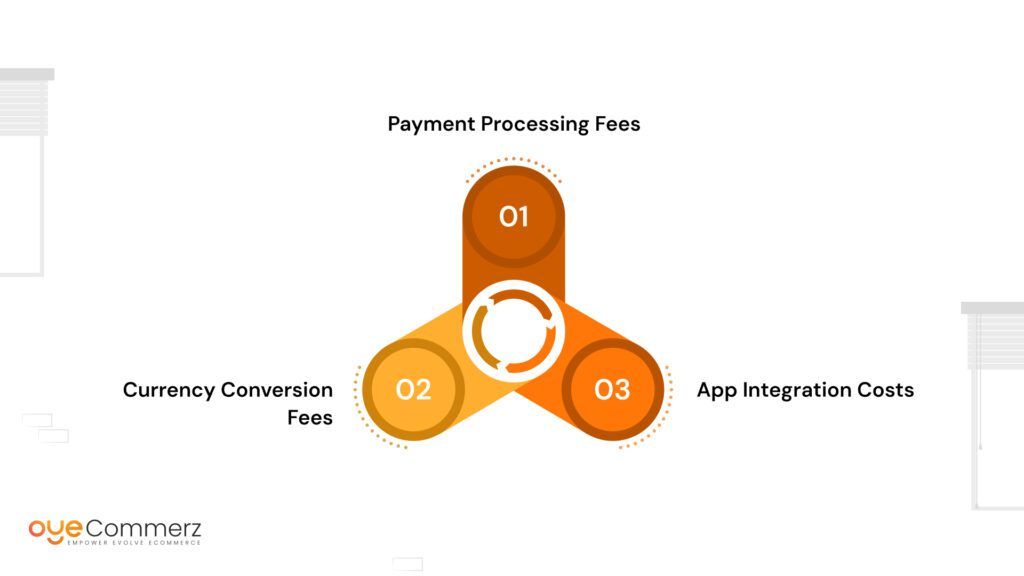In today's digital landscape, choosing the appropriate e-commerce solution is essential for business success. If you're presently utilizing Wix but thinking about a move to Shopify, you are in good company. Numerous businesses are migrating to Shopify to take advantage of its robust capabilities, expandability, and dedicated e-commerce tools. This article will outline the migration process, ensuring a seamless move and preparing you for e-commerce success.
Why Migrate from Wix to Shopify?
Before exploring the transition process, it's essential to understand why Shopify could be a superior fit for your e-commerce requirements:
- Specialization: Unlike Wix, which caters to multiple use cases, Shopify is designed specifically for e-commerce, offering advanced tools and functionalities optimized for online selling.
- Scalability: As your company grows, Shopify can easily handle higher traffic and transactions capacity without compromising efficiency.
- Extensive App Ecosystem: Shopify provides a vast library of apps that can boost your store's capabilities, from advertising solutions to stock control options.
- SEO Capabilities: Shopify offers superior SEO options, which can assist in improving your store’s visibility on Google and others.
- Transaction Methods: With numerous transaction platforms available, including Shopify Payments, you can offer shoppers a variety of payment methods.
Getting Ready for Transition
To guarantee a trouble-free transition from Wix to Shopify, adhere to these preparatory steps:
1. Backup Your Data
Download all your data from Wix, including item information, customer information, and transaction logs. This step is crucial as it guarantees you have a copy of everything before initiating the migration.
2. Select a Pricing Option
Assess the different Shopify plans offered and choose one that best suits your business requirements. Consider factors such as transaction fees, features included, and growth potential.
3. Set Up Your Shopify Account
Create your Shopify account and explore the platform’s interface and features.
The Migration Process
Now that you're prepared, it’s time to transfer your store from Wix to Shopify. Here’s how:
1. Transfer Items
Use Shopify's built-in migration utility or external tools like Cart2Cart or LitExtension to move your items from Wix to Shopify.
Ensure that product descriptions, images, prices, and variants are correctly transferred.
2. Migrate Client Information
Upload client details such as names and email addresses into your new Shopify store. This step Website backup strategy is vital for maintaining customer relationships and marketing efforts.
3. Configure Transactions
Configure transaction methods in your Shopify store to ensure smooth transactions. You can choose from multiple platforms like debit methods, PayPal, and more.
4. Customize Your Store Design
Choose a design that aligns with your brand identity. Modify it using Shopify's customization options to create an attractive and intuitive store layout.
5. Search Engine Optimization
Apply SEO best practices during the migration process:
- Set up 301 redirects from old Wix URLs to new Shopify URLs.
- Enhance product titles, details, and images with targeted keywords.
- Update meta tags and alt texts for better search engine visibility.
After Migration Steps
Once your store is live on Shopify, consider these follow-up steps:
1. Check Your Website
Perform comprehensive testing of your new store:
- Check item listings for correctness.
- Customer relationships Test payment processes.
- Make sure all links work correctly.
2. Promote Your Store
Broadcast your new store launch through email newsletters and social platforms.
Consider running promotions or discounts to attract shoppers.
3. Track Your Progress
Leverage analytics tools within Shopify to monitor revenue growth and user activity.
Modify your strategies based on performance analytics.
Conclusion
Migrating from Wix to Shopify can significantly enhance your e-commerce capabilities and lay the foundation for growth and achievement. By adhering to this guide and taking a systematic approach to the migration process, you can ensure a smooth transition that minimizes downtime and maximizes opportunities for revenue. Welcome the change and watch your online business thrive on its new platform!
